20@20: Looking back at the first two decades of the millennium
The generation born in 2000 will turn 20 next year. As these Gen Z youngsters leave their teenage years behind, a look at 20 ways in which the world around them has changed
What Vivek Menezes, writer and one of the curators of the Goa Arts and Literature Festival, remembers of the year that his eldest son, Rohan, was born in is that it was a much friendlier world. “The economic liberalisation in India had started in the ’90s, and there was a sense of hopefulness. True global integration was taking place.” That was in 2000. “A year later, there was the terror attack in the US, and the world was never the same. Today, we live in a conflicted universe,” Menezes says. Both Menezes, and his 19-year-old son Rohan, are also worried about the drastic change in the environment.
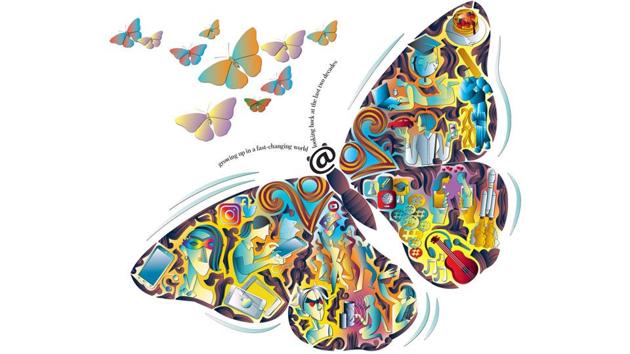
The beginning of the new millennium saw the birth of a new word – millennials – used to refer to the generation which reached adulthood at the beginning of the 21st century. But as this new millennium prepares to enter a new decade, the generation born with it is poised to enter adulthood. Debashish Sengupta, author of The Life of Y: Engaging Millennials As Employees And Consumers, says his next book focuses on this group – commonly known as Gen Z.
Much has changed around them in the last 20 years – politically, environmentally. But there have also been changes in their lifestyles, – how they express themselves, how they connect with others, what they eat, how they travel and their modes of entertainment. Many of these changes are tech-driven, others aspirational. And they affect all of us. But Gen Z has assimilated these changes more deeply than others. They’ve shaped their personalities, affected their decisions, defined their relationships. As the 2000-born step out of their teenage years, a look at 20 such changes around them.
In September 2018, the Supreme Court struck down Section 377 of the Indian Penal Code, which criminalised “sex against the order of nature” and had been used to target homosexuals. “After that, in school one day, we all wore rainbow badges to support LGBT right,” says 19-year-old Rohan Menezes. A few years earlier, the apex court had recognised trans as a third gender. We are finally acknowledging that there can be gender identities beyond what’s assigned at birth.
According to data compiled by the Centre for Monitoring Indian Economy, the number of mobile/wireless users rose from around 3.5 million in 2000-01 to over 1 billion in 2018-19. “We had a single landline connection at home when I was a child and it was used by the family and often also neighbours,” recalls 21-year-old law student Manali Ahlawat. Many homes, including Manali’s, don’t have a landline anymore. And STD booths and PCOs? Ummm… what are they? Ditto, for internet cafes. In the late ’90s and early to mid 2000s these cafes – offering the use of a desktop with internet connection and printer service – were a part of school and university projects, job resumes and love notes. Now, every smartphone has internet.
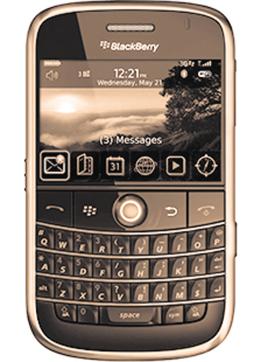
The BlackBerry came to India in 2004. The original phones were all black and targeted at businessmen and executives, because they could be synced to the office mail system. There was also BBM – BlackBerry’s private messaging system. This feature made it wildly popular among the youth. But the Android revolution was too much for BlackBerry to handle. Today’s aspirational mobiles have a bitten fruit on the back, and it’s not a berry.
Launched in 2004, Orkut was our first brush with social media. Long-lost acquaintances were traced, new friends made even as love blossomed, all via Orkut.Neighbourhoods had Orkut groups. But its popularity was short-lived. Facebook followed, then Twitter, and today it’s all about Instagram. “One reason for Instagram’s popularity is that it offers the best privacy,” says student Shubham Chaudhary, 20. Orkut finally shut in 2014, but it had been dead for a long time.

There are a lot of things the mobile phone has made redundant. The camera is one of them. And with front cameras that aid selfies improving by the day – there are brands now which push their phones on the quality of their cameras – we don’t even need someone else to take our photos. But somehow these photos don’t make it to our walls or table tops anymore.
The liberalisation of the ’90s taught us there was entertainment beyond Doordarshan; it brought us Baywatch and Remington Steele. “I have clear memories of my mom watching Kyunki Saas Bhi Kabhi Bahu Thii. But I hardly watch TV now,” says 19-year-old student Arpita Dutta. The TV is used, instead, to stream content via the internet and its OTT platforms. And that’s a whole other world. Currently, we’re getting used to nudity, sex scenes, and seasons that end abruptly.
Dracula who? Vampires are boyfriend material ever since Edward Cullen first snatched teenagers’ hearts in Stephenie Meyer’s Twilight series (first published in 2005) and the movies based on them. There was even a Twilight-inspired desi TV show – Pyar Kii Ye Ek Kahani (2010-11).
Pick up a newspaper and chances are you will see matrimonial ads extolling the virtues of a “convent-educated” bride or groom. Today’s trendy and popular schools, though, often come with an international tag, are co-educational (unlike most missionary institutes) and may offer syllabus and exam patterns that mirror those of the US and UK, though some also offer the option of CBSE or ICSE affiliation.
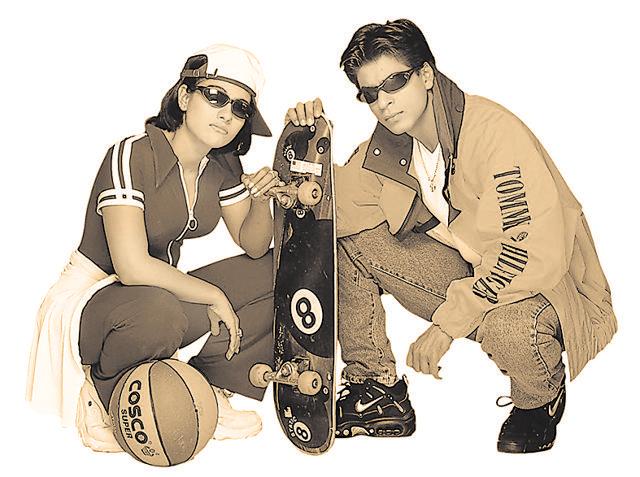
In his autobiography An Unsuitable Boy, Karan Johar said he made Student of the Year (SOTY, 2012) because no one from the younger generation knew him. His debut film Kuch Kuch Hota Hai (KKHH), starring Shah Rukh Khan and Kajol, may have created campus goals for millennials, but that’s so 1998. SOTY – and now SOTY 2 – may be as make-believe as KKHH (do they look like any campus you know?), but they connect better with this generation.
“Remember the idea of giving your love interest a CD which had all your favourite music and showed off your exquisite taste,” recalls Amish Sabharwal, senior ad creative director and branding & communications expert. Or creating a playlist for them on their iPods. Now CDs are history, iPods a thing of the past and Alexa can play us almost anything.
From home bakers setting out tempting arrays of éclairs, to shops selling microwaveable waffles, and cafés with crepes, fajitas and grilles on their menus, we have the world on our platters today. Tastes have evolved, with ingredients being sourced from abroad, staff trained overseas and chefs from all over the world being drawn to our shores.
We don’t wave to hail a cab anymore, we tap on our phone screens. Of course you then argue about destination and spend endless minutes trying to explain the address. Some things never change. Even with Google Maps. Earlier, you asked for directions from strangers on the road. Now, you just blindly follow Google Maps. But somehow that has made cab drivers lose their expertise on short-cuts, one-ways... We won’t talk of the trauma involved if the gated complex you live in has separate entry-exit gates. No, sharing location will not save you. Quite the contrary.
ASL (Age, Sex, Language) was the conversation starter when interacting with a stranger in an online chat room in the late ’90s and early 2000s. Photos were rare, there were no profiles to check, and the question just had to be asked. Now conversations on social media are incomplete without hashtags, the more, the better. #not TLDR (too long didn’t read)
The Indian Space Research Organisation (ISRO) was set up in 1969. But in 2014, when the Mangalyaan or the Moon Orbiter was launched, the New York Times carried a cartoon depicting a man with a cow, India written on his shirt, knocking at the doors of an “elite space club”. The publication later apologised. Two years later, ISRO launched a record 104 satellites in space, 101 of them foreign. One social media user sketched a cow, India written on it, kicking a man dressed in blue with USA written on the clothes.
When writer Debashish Sengupta’s son needed help with Sanskrit, he went to YouTube. “The way this generation accesses information is so different. They prefer things to be visual. Therefore learning apps and games,” he says. For example, there are games that help those providing emergency services at accident sites to improve their skills – if they fail a round or task, a life is lost, explains Sengupta. Similarly, with books becoming increasingly digitised, what about libraries? Many, like the British Library and New York Public Library, have already made their content, or at least part of it, available on the internet. There are others – like JSTOR and Directory of Open Access Journals – which only have a digital presence. Today what Google doesn’t know (if there is such a thing) is not worth knowing.
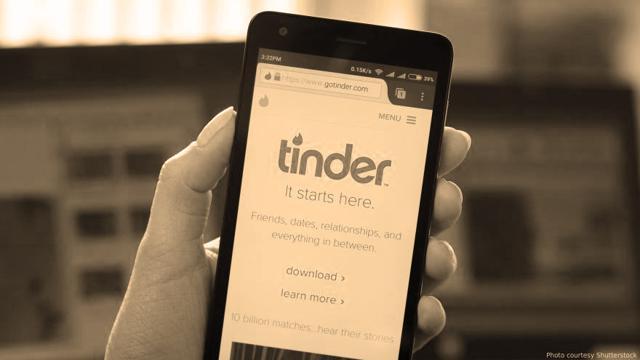
There are apps for hooking up, for marrying, for marrying an NRI, for the LGBTQ community, the divorced, the married-but-looking-to-mingle… Whatever happened to good old ‘mujhse dosti karoge’ and asks adman Amish Sabharwal, “those friendship bands popularised by SRK in KKHH?” The question’s faded even out of social media. Now you just swipe left or right.
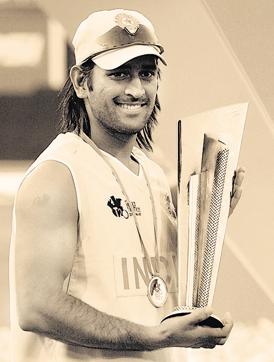
Former ‘Captain Cool,’ Mahendra Singh Dhoni, is one of India’s most successful cricket skippers. He’s the only one to have two World Cup wins to his credit – the 2011 ICC trophy, and the 2007 T20 win. Purists may frown at the 20/20 format, but it makes Gen Z happy. “It doesn’t take up the whole day like a 50-overs match, which I can’t follow because I have other things to do. 20/20 is fast and exciting,” says student Shubham Choudhary.
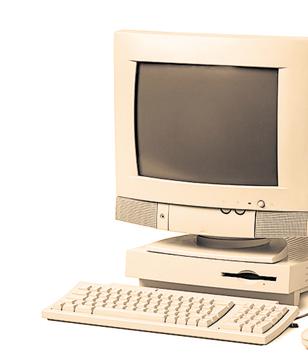
“Growing up, we had one desktop computer in the house. Now we each have a laptop, and there is no desktop,” says 19-year-old Arpita Dutta. No sharing, no awaiting your turn. And even the desktops at work are sleek, fast, and can go for days without crashing!
“Earlier rap was ‘thanda thanda paani’ by Baba Sehgal. Now rap is an entire underground movement,” says adman Amish Sabharwal. It’s intense, it’s philosophical, it’s another form of expression and it tackles life and social issues.
We demolished our rivals over a roll of dice, or in the nitty-gritty of business (Ludo and Monopoly). Today we rip them apart (quite
literally, sometimes) on a mobile or laptop screen. But whereas earlier we played with family and friends, our opponent today may be a complete stranger from another part of the world altogether.
Five Things That Haven’t Changed

You vote at 18. But you have to wait for three more years to raise a toast to the victory of the party/person you voted for. The legal age for drinking in most parts of India is 21 (25 in some states. In Kerala, it’s 23.) Only a handful of states and union territories, like Himachal Pradesh, Goa, Puducherry, and a few others, allow drinking at 18.
Every year before the onset of the school-leaving exams, FM channels, newspapers and TV channels invite counsellors to come and talk about how success is not defined only by exam results. And in a few months, college cut-offs prove them wrong. This year’s CBSE class 12 toppers scored a total of 499 on 500. And there were two of them!
Never mind India’s reputation as a growing economy, a future abroad is still a favoured dream. Changes in visa policies and difficulties in finding jobs in the US after graduation may have made it a less feasible option, but we’re happy to flock to Australia, Canada, Singapore...
We might be carving a niche for ourselves in many sports today; the likes of the Phogat sisters, Sakshi Malik, Dutee Chand, Dipa Karmakar may have become household names, but cricket and Bollywood remain national obsessions.
Snacking options have never been restricted in a country as varied as ours. But somehow the two-minute noodle captured our hearts. It’s been comfort food for every generation!






